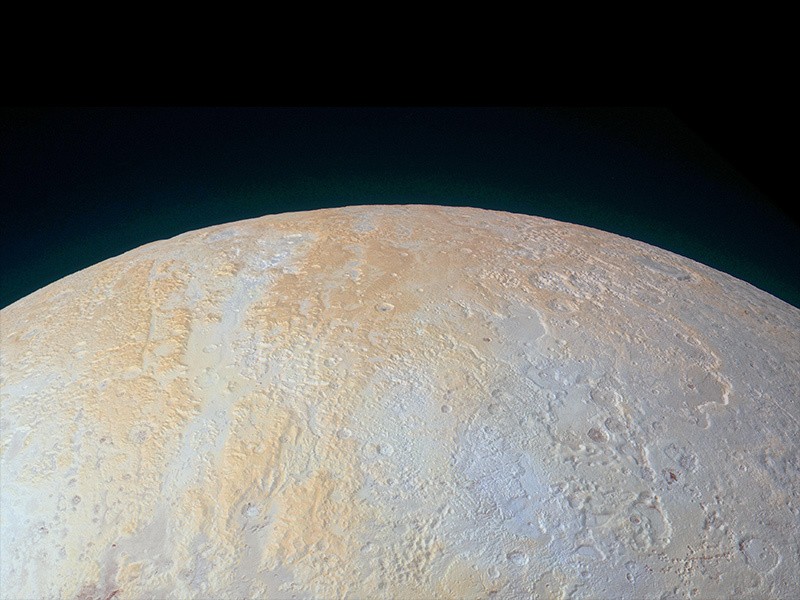
Although everyone may argue on whether Pluto is still a planet, the fact that up to this day it remains the most mysterious body in our solar system. After the successful flyby of the New Horizons spacecraft in 2015, astronomers figured out that it is high time that Pluto should have its own orbiter.
NEW HORIZONS INSPIRED TO DEVELOP NEW ORBITER
New Horizons had brought a new perspective when it captured images of Pluto and its moon in 2015. During its first operations, New Horizons was able to find out that Pluto may be hiding a liquid ocean, and it is trapped by ice due to the presence of deep cracks, as seen on its surface. The spacecraft was also able to bring back images showcasing the presence of ammonia on the planet's surface, providing the reddish color. Ammonia baffled scientists because ammonia does not last long in outer space. Usually, it is easily broken down by ultraviolet rays from the sun.
Amazing as it may be, New Horizons aroused more questions and rarely gave an answer or idea that may explain situations like these. It is understandable, though. New Horizons was designed for a flyby, not for thorough analysis, which is why the National Aeronautics and Space Administration (NASA) wants to revisit the planet but this time using an orbiter.
NASA is counting on the Southwestern Research Institute (SwRI) to study the cost and feasibility of this project. If approved, this project will be the next probe to visit Pluto after New Horizons. They are optimistic because the project promises new instrumentation that will help in further analyzing the Planet's interior. The study will be a part of the Planetary Science Decadal Survey, a document where key questions regarding planetary science are published every 10 to 15 years.
RECENT PROBE ON PLUTO RAISES MORE QUESTIONS
Due to its limited payload, the New Horizons is also limited to the data it sends back to Earth for analysis. Although the images are fantastic, it was impossible for scientists to get more than a glimpse of what is actually happening on the planet. According to an article written by S. Alan Stern published on Astronomy Magazine, New Horizons only captured 40% of Pluto's geology and surface composition in good resolution. Unfortunately, because it is limited, we also learned less about the smaller moons around Pluto because the probe failed to pass by them.
New Horizons captured images of nitrogen glaciers, avalanches, and complex time-variable atmosphere during its flyby but did not get to capture these phenomena in its daily, seasonal, and geographic changes.
WHY GO BACK?
With these newly discovered phenomena on the planet, scientists know that this is an opportunity for exploration. The design for the new orbiter will include instruments that will be vital for the necessary data gathering. A spectrometer will be provided to be able to sample the planet's atmosphere and do an inventory of all the compounds that will be encountered. This spectrometer will also be used to determine the composition of the hazes found on the planet.
The spacecraft will also be designed with the right instrumentation for sizing up the glaciers and determining their depth. Thermal mappers will also be installed to figure out how these glaciers came to be and how they powered or whether or not these ancient volcanoes are still active. To determine whether the planet's core is alive or frozen, a flying magnetometer will be installed as well.
SwRI envisions the spacecraft to contain instruments that are able to create maps even under the polar shadows. They also aim to inspect the night sides of the planet and its satellites, detecting changes as the temperature goes down in the absence of the sun.
© 2025 ScienceTimes.com All rights reserved. Do not reproduce without permission. The window to the world of Science Times.












